Identify minibeasts
Explore woodland creepy crawlies, from bugs and beetles to snails and spiders, with a pocket-sized swatch book.
Buy it now
Digital Content Manager
There are over 24,000 types of insect in the UK, and some can be tricky to tell apart, even for the experts!
Luckily, some are a little easier to identify, so let's take a look at some of the more common UK insect groups and how to tell them apart using some key features and handy clues.
Broadly speaking, invertebrates are animals without a backbone. These include multi-legged, hard-bodied minibeasts known as arthropods, as well as corals, slugs and snails, worms and soft-bodied sea creatures. Arthropods can then be separated into groups including crustaceans (such as crabs and woodlice), spiders and insects.
Happily, insects share a number of characteristics to help you separate them from the crowd:
Insects come in a number of groups, or 'orders'. Let's explore eight of the groups you're most likely to spot, and some of their more well-known members.
Explore woodland creepy crawlies, from bugs and beetles to snails and spiders, with a pocket-sized swatch book.
Buy it now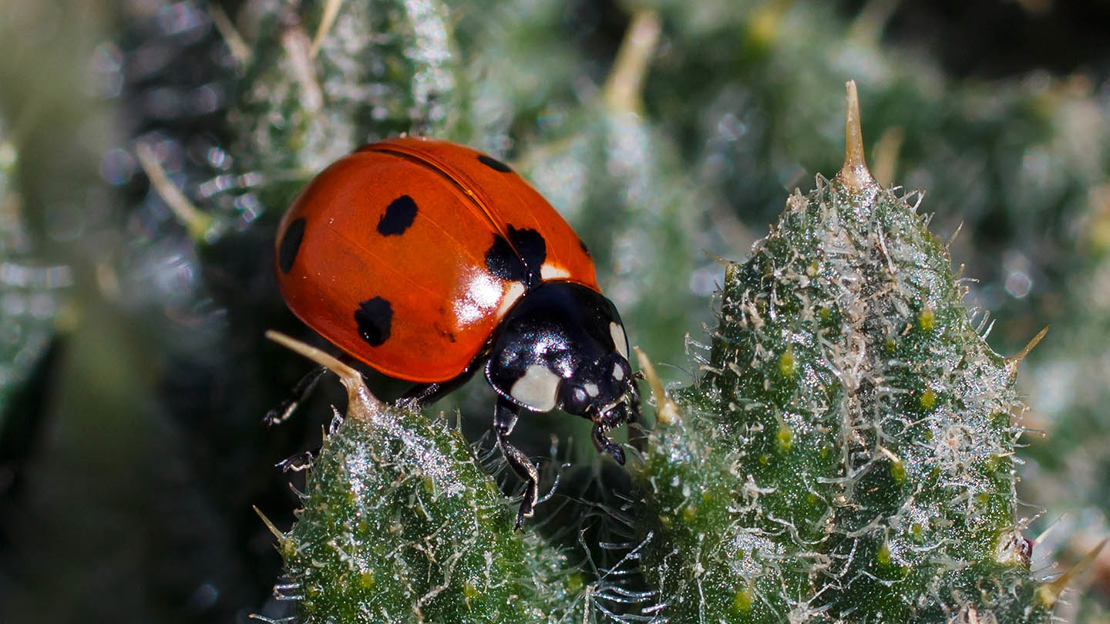
Beetles are one of the most diverse groups of animals on the planet. There are more than 4,000 species found in the UK alone, with around 1,000 of these living specifically in our woods and forests.
Don't confuse beetles with true bugs (Hemiptera). True bugs have wings that are partially thickened at the base, so may appear hardened. However, their wings are membranous and lack the hard wing cases of beetles.
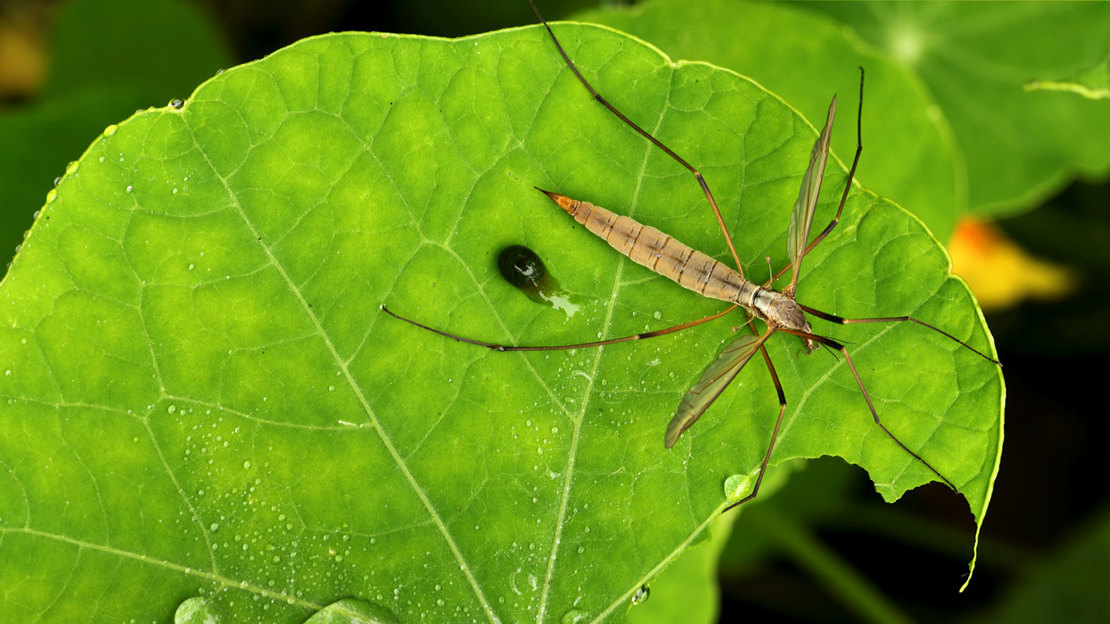
Flies are some of the most common insects in the UK, belonging to families ranging from Diptera (true flies) to Trichoptera (caddisflies). There are around 7,000 species on our shores, from blood-feeding midges and horseflies, to nectar-loving hoverflies and river-dwelling mayflies.
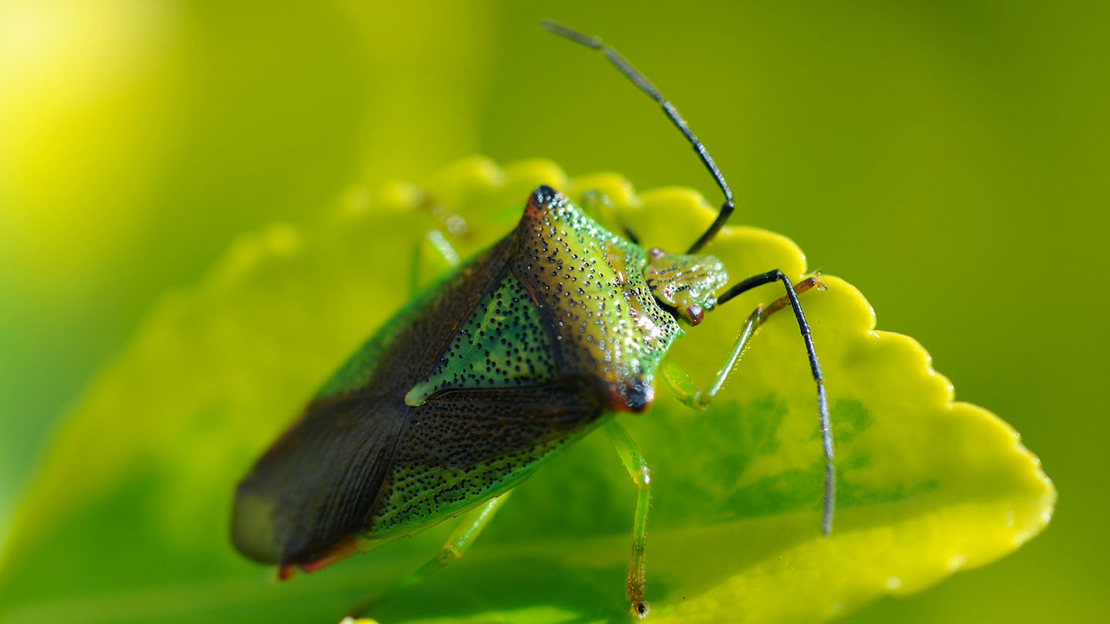
While all bugs are insects, not all insects are bugs. There are around 2,000 species of true bug in the UK, including shieldbugs, froghoppers and aphids. They're sometimes mistaken for beetles, but there are lots of differences between bugs and beetles.
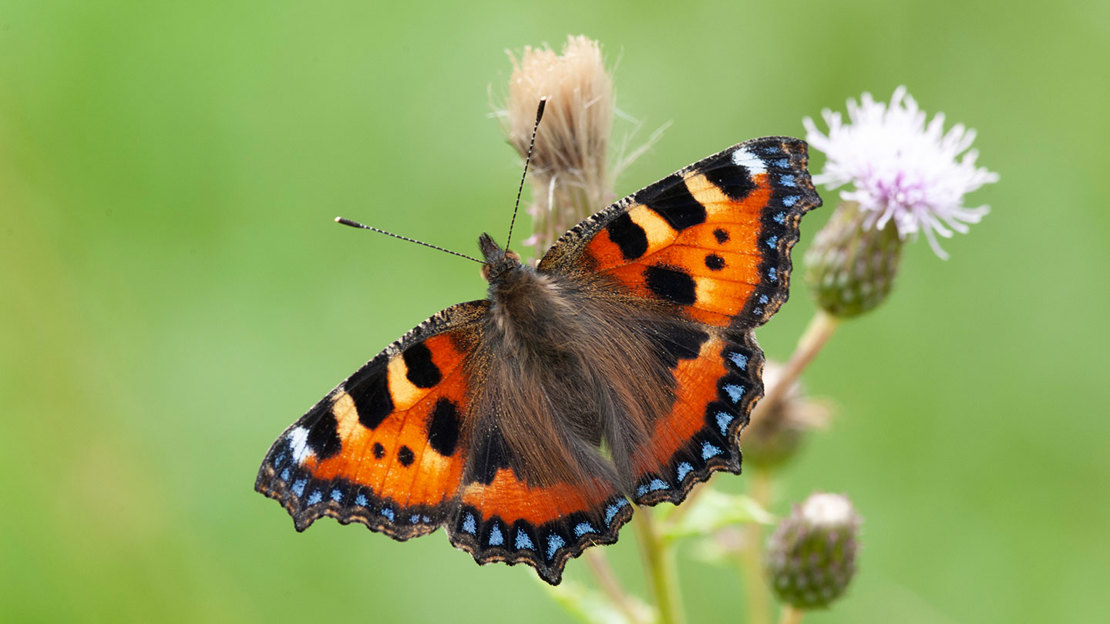
There are around 60 species of butterfly in the UK, and around 2,500 species of moth!
Butterflies and moths are some of the UK's most diverse insects. They come in all shapes, colours and sizes, with some moths even mimicking hornets and bumblebees. Certain differences between butterflies and moths split them into separate families, but they're both grouped into the single order, Lepidoptera.
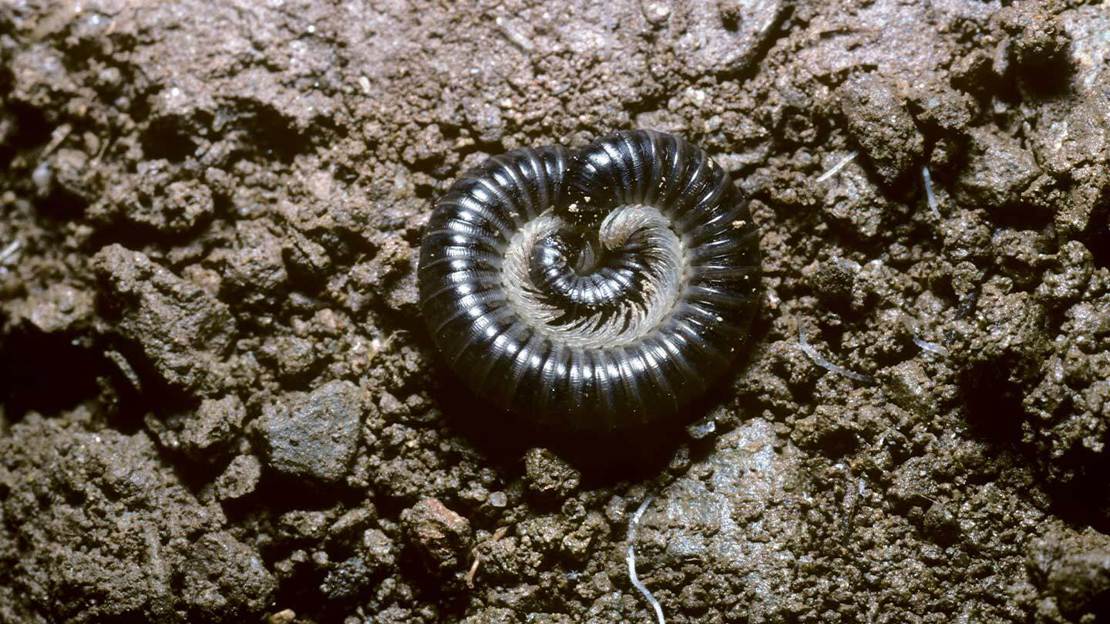
Myriapoda means 'many legged', which, of course, these weird and wonderful creatures are. There are around 53 species of centipede in the UK and a similar number of millipedes.
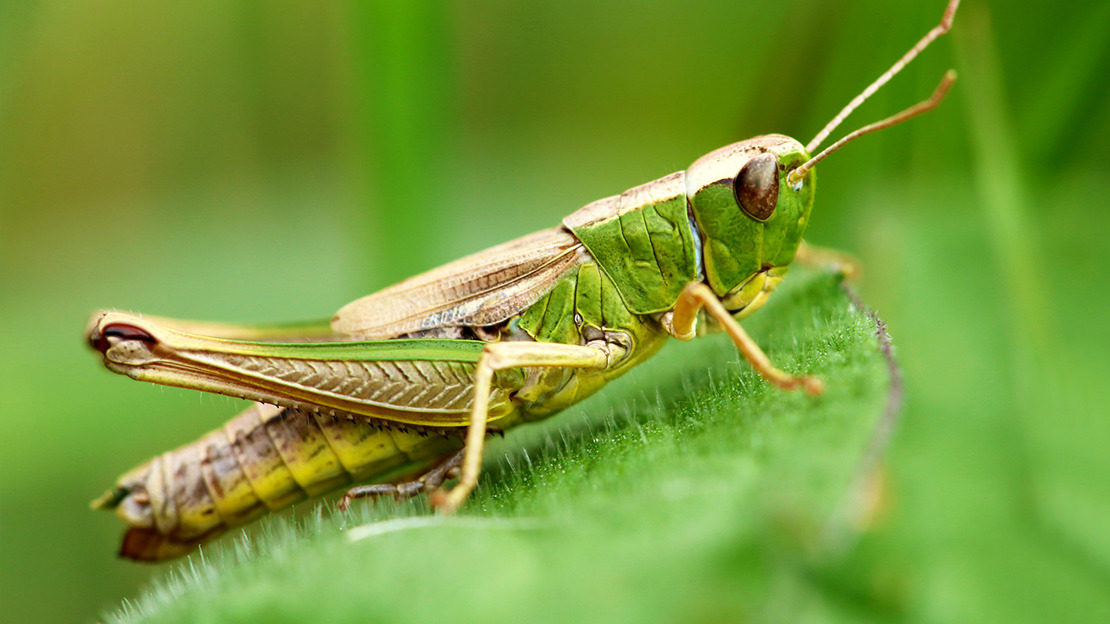
Crickets and grasshoppers are often confused, but one key giveaway is their antennae. Crickets generally have antennae longer than their bodies, while grasshoppers have shorter antennae.
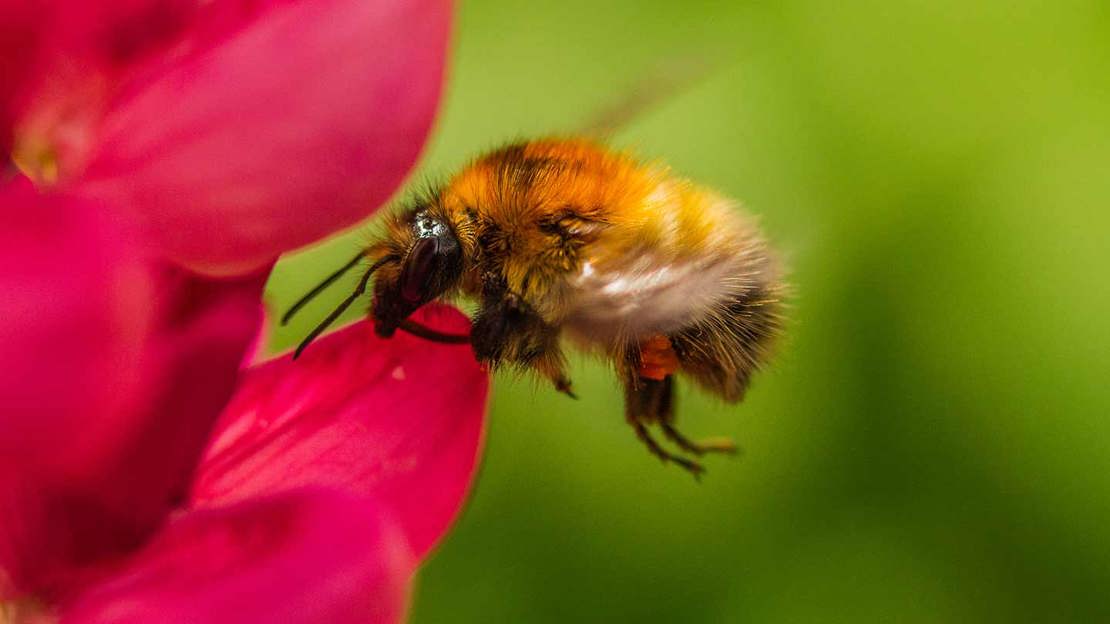
Hymenoptera is one of the largest and most diverse orders of insects, with around 7,000 species in 57 families found in the UK. These include sawflies which, despite their name, don't belong to the order Diptera.
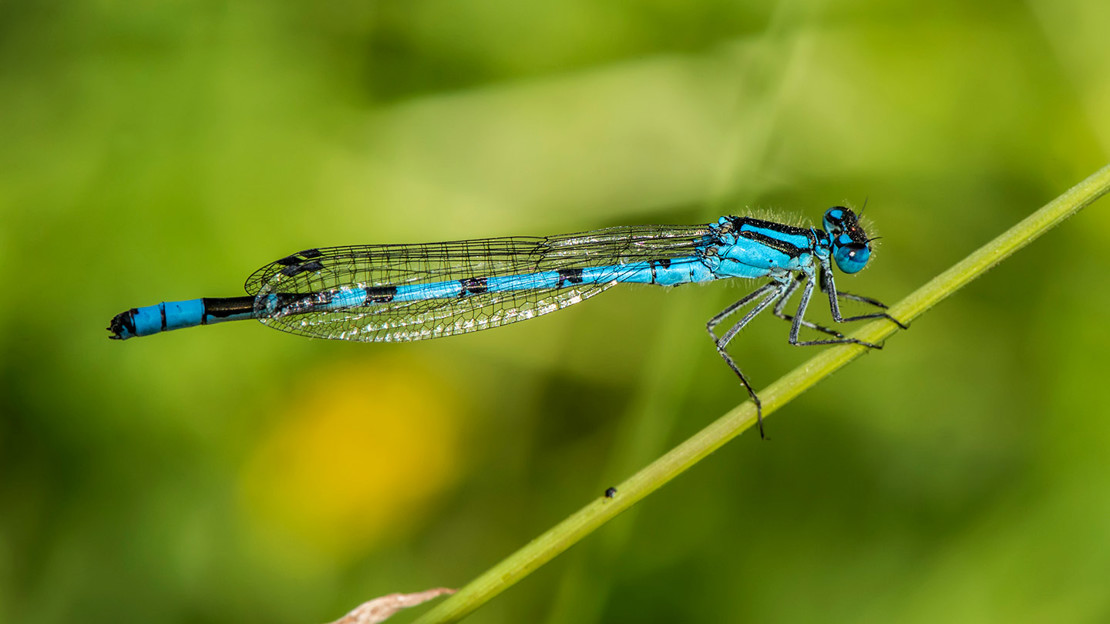
Agile and acrobatic hunters, the UK's 56 species of Odonata are a joy to watch on warm, sunny days.
Though they belong to the same order, there are differences between dragonflies and damselflies that group them into separate families. The main difference is that dragonflies hold their wings out to the side at rest, while damselflies hold them closed along their abdomen.
Insects are incredibly important. They recycle decaying material. They pollinate plants. They feed a huge variety of birds, mammals and other animals. Without them we would be unable to grow food, and much of the other wildlife we treasure would be lost forever.
Around 350 insects are known to be highly dependent on oak trees, and mixed, native woodlands support even more. With healthy woodlands come abundant insects and thriving people and wildlife.
Explore woodland creepy crawlies, from bugs and beetles to snails and spiders, with a pocket-sized swatch book.
Buy it now